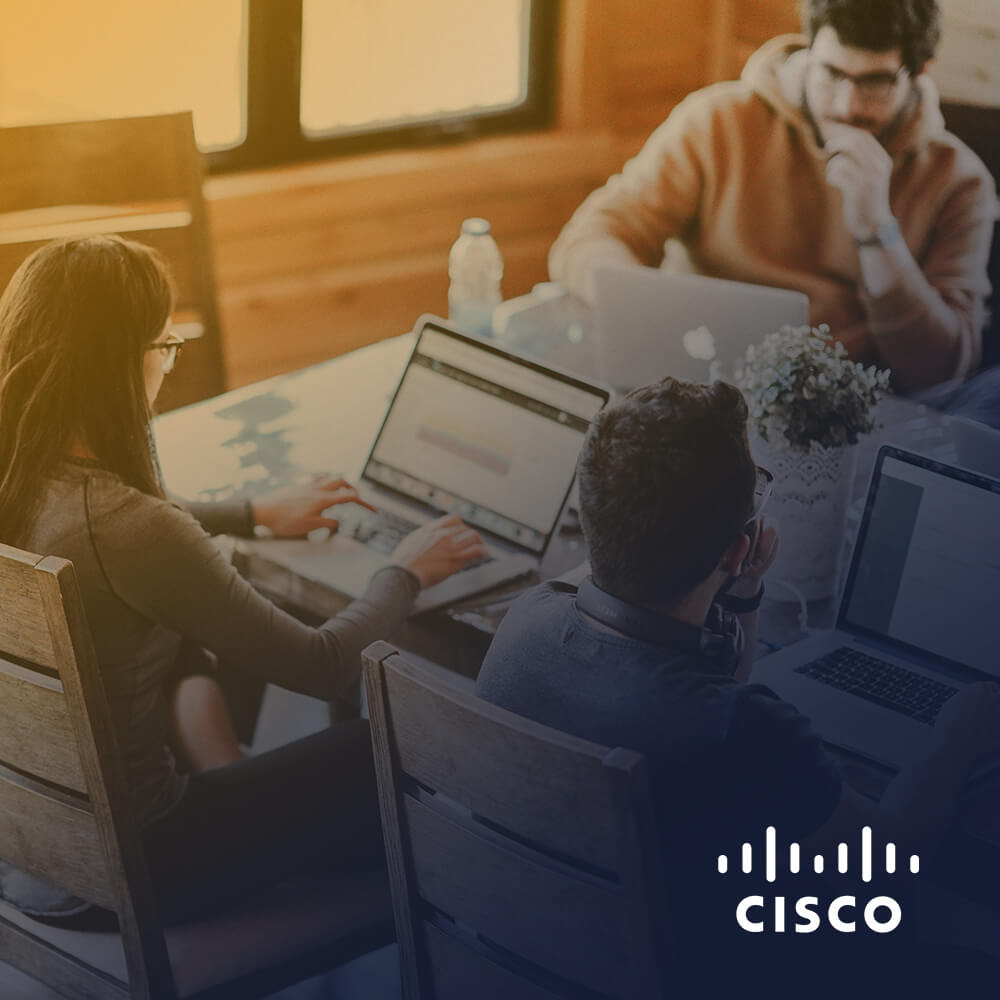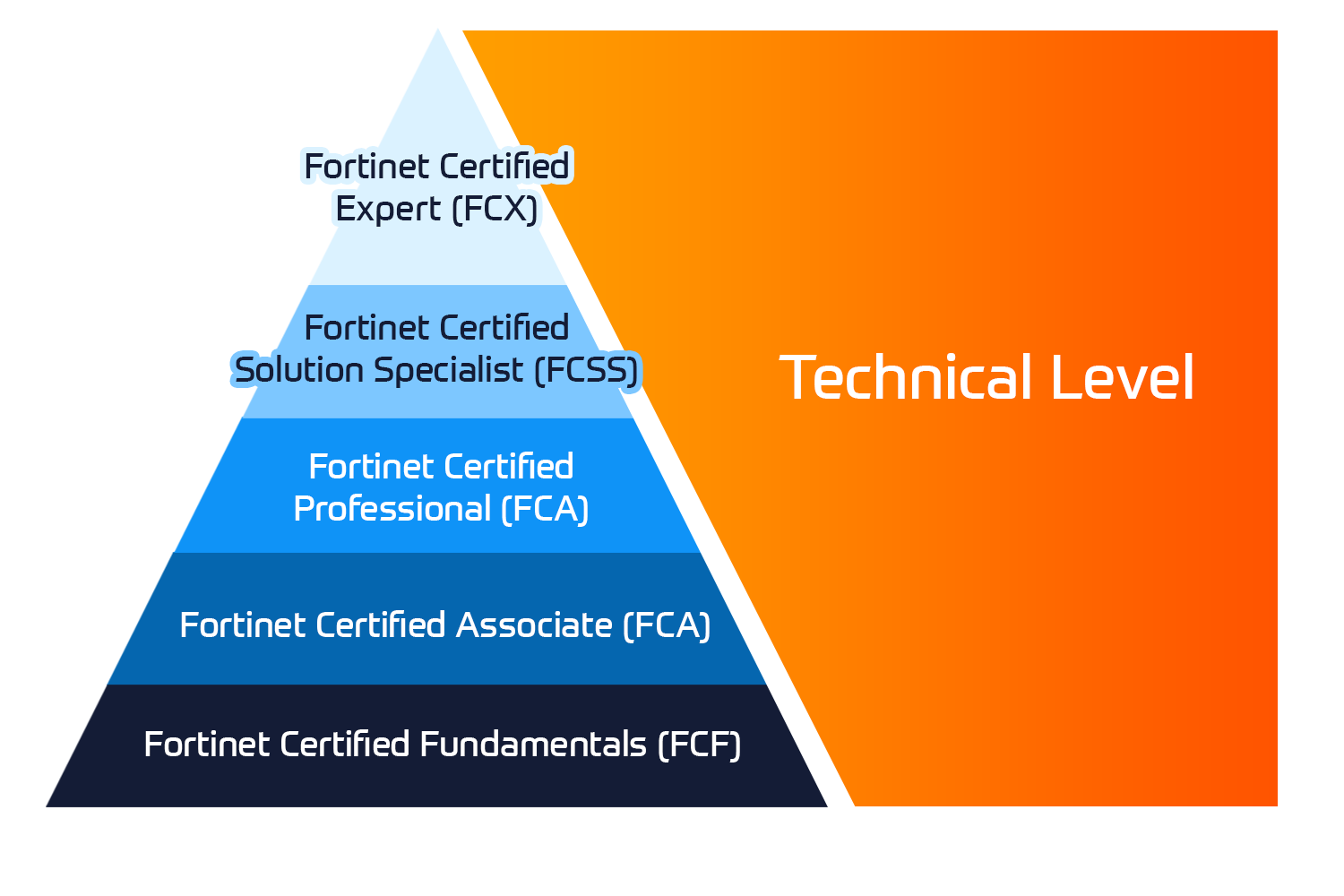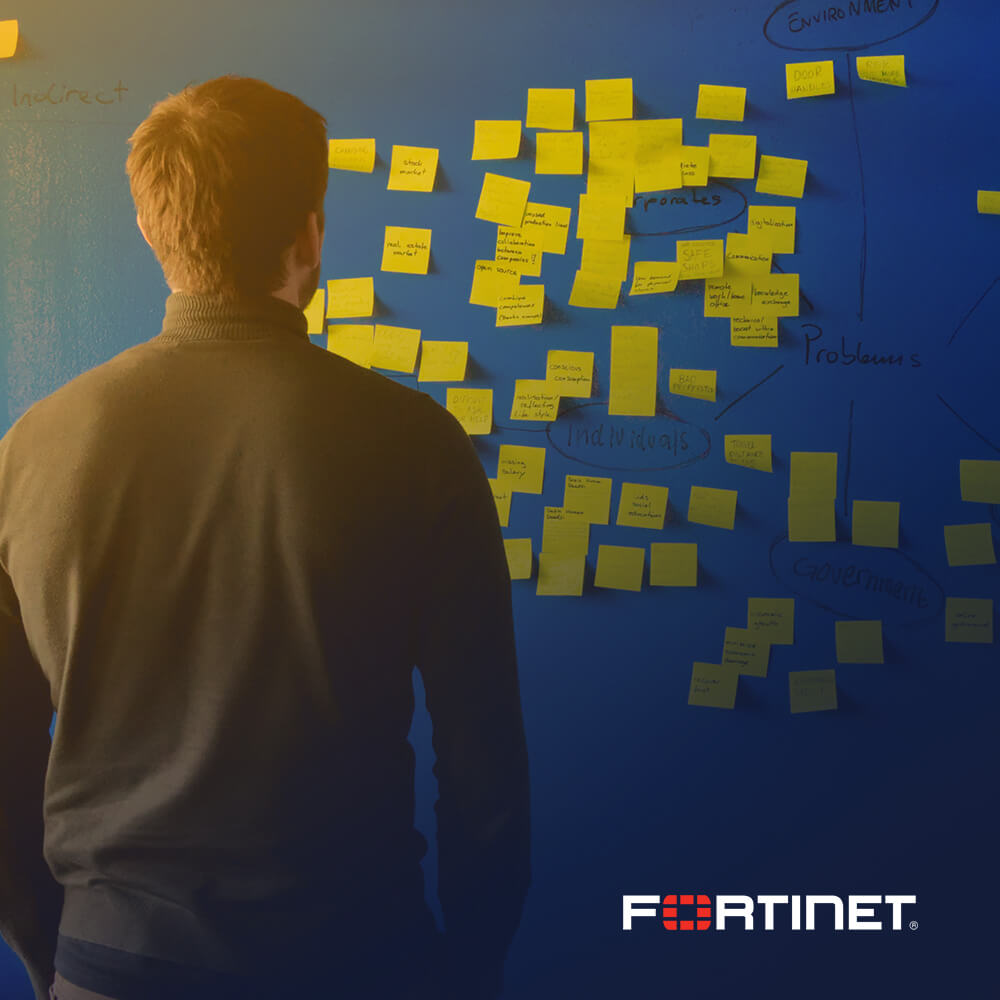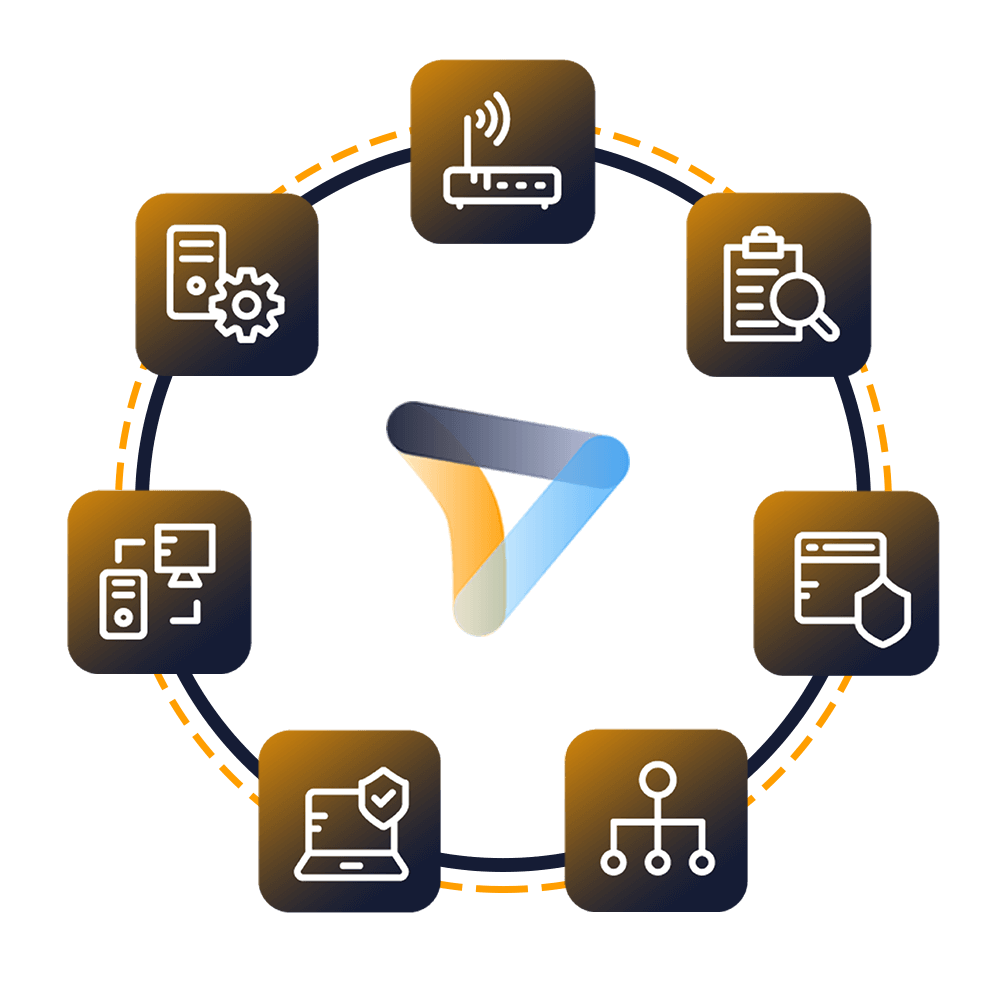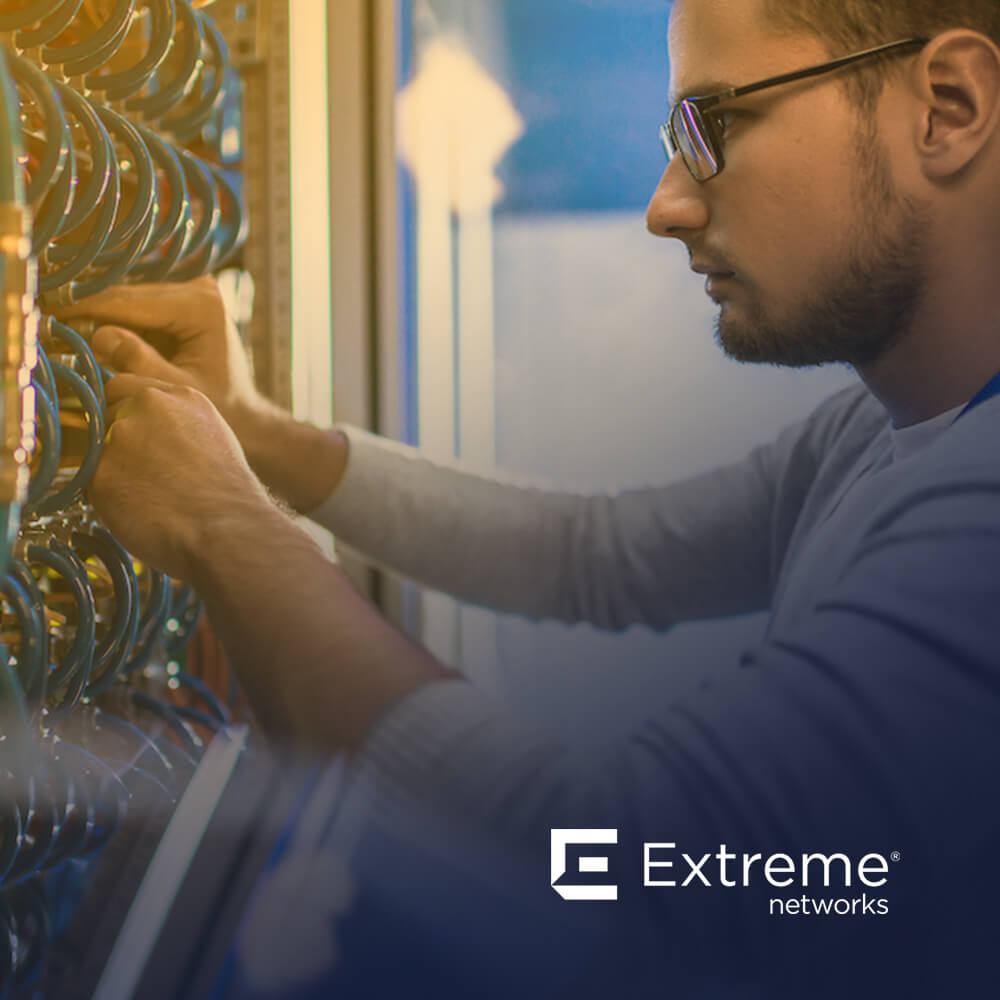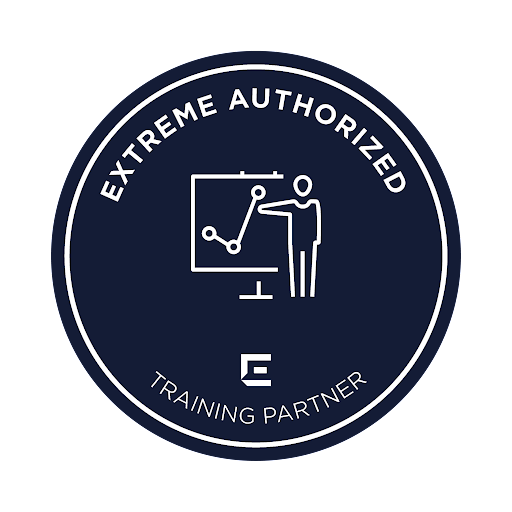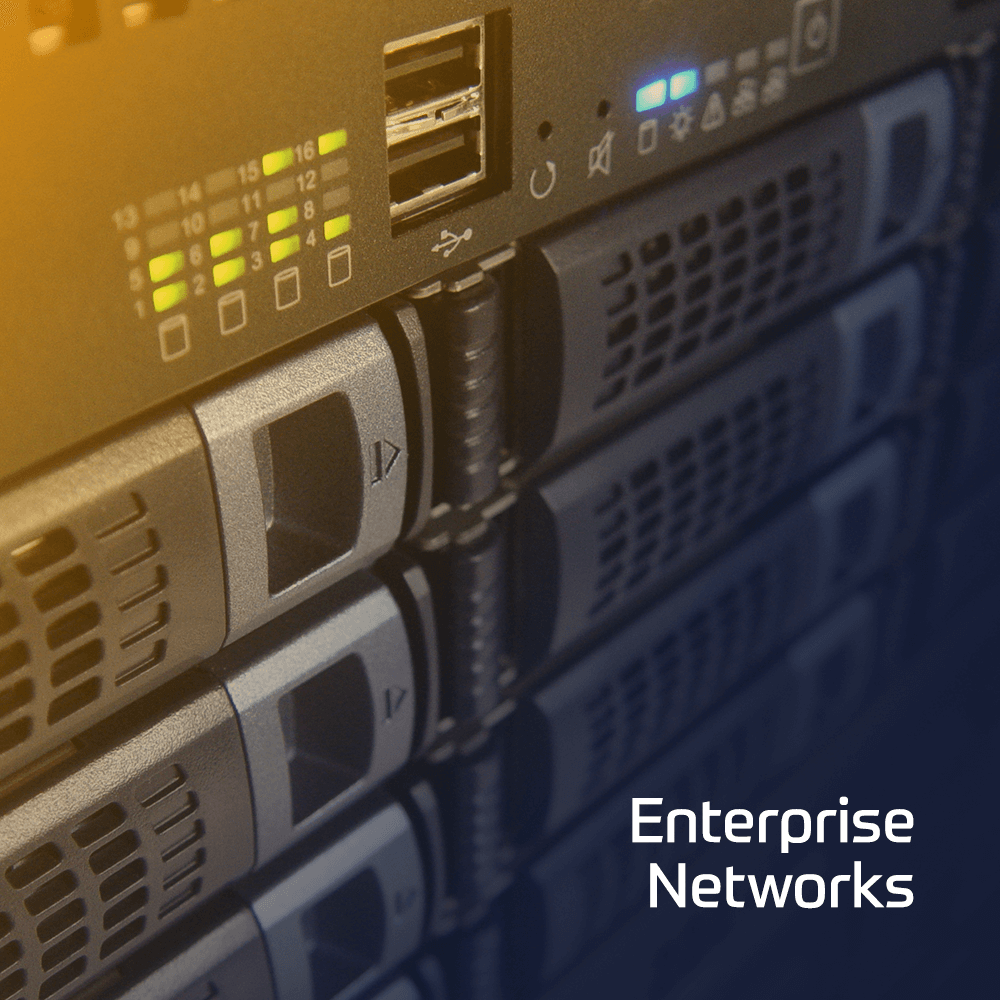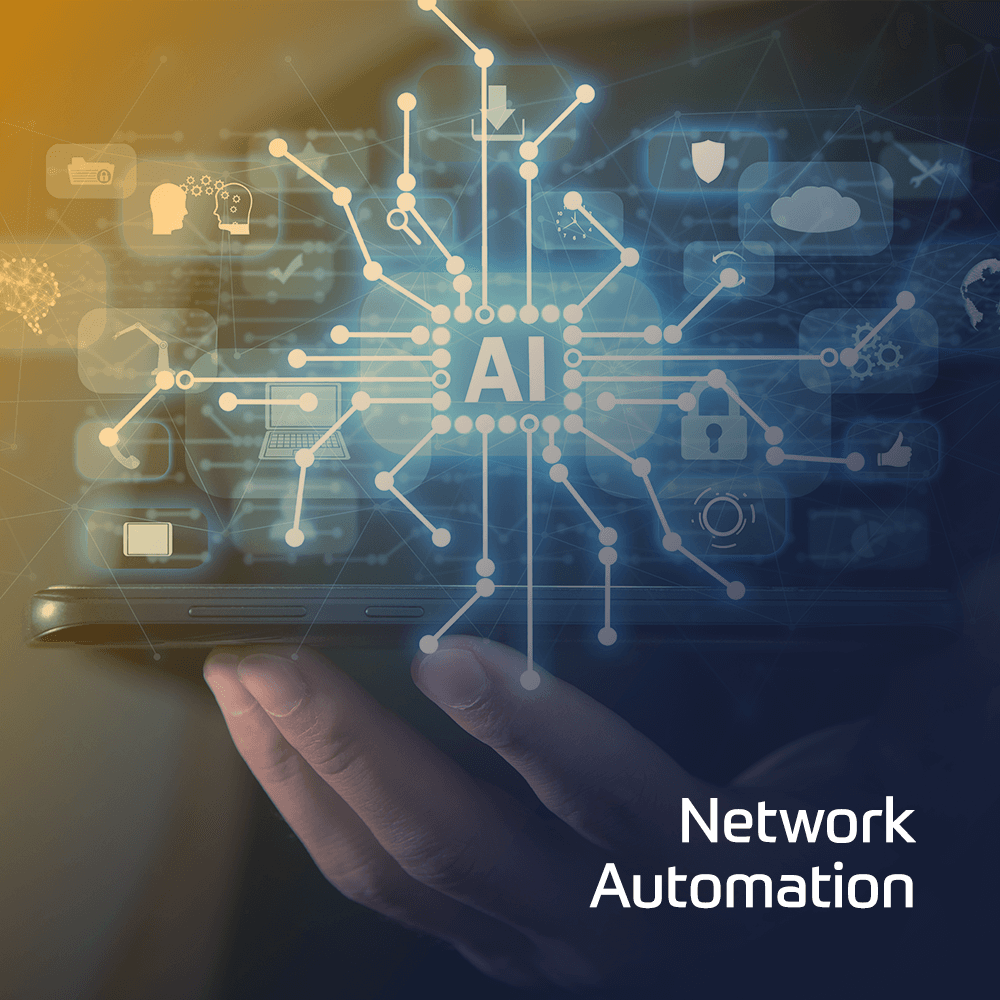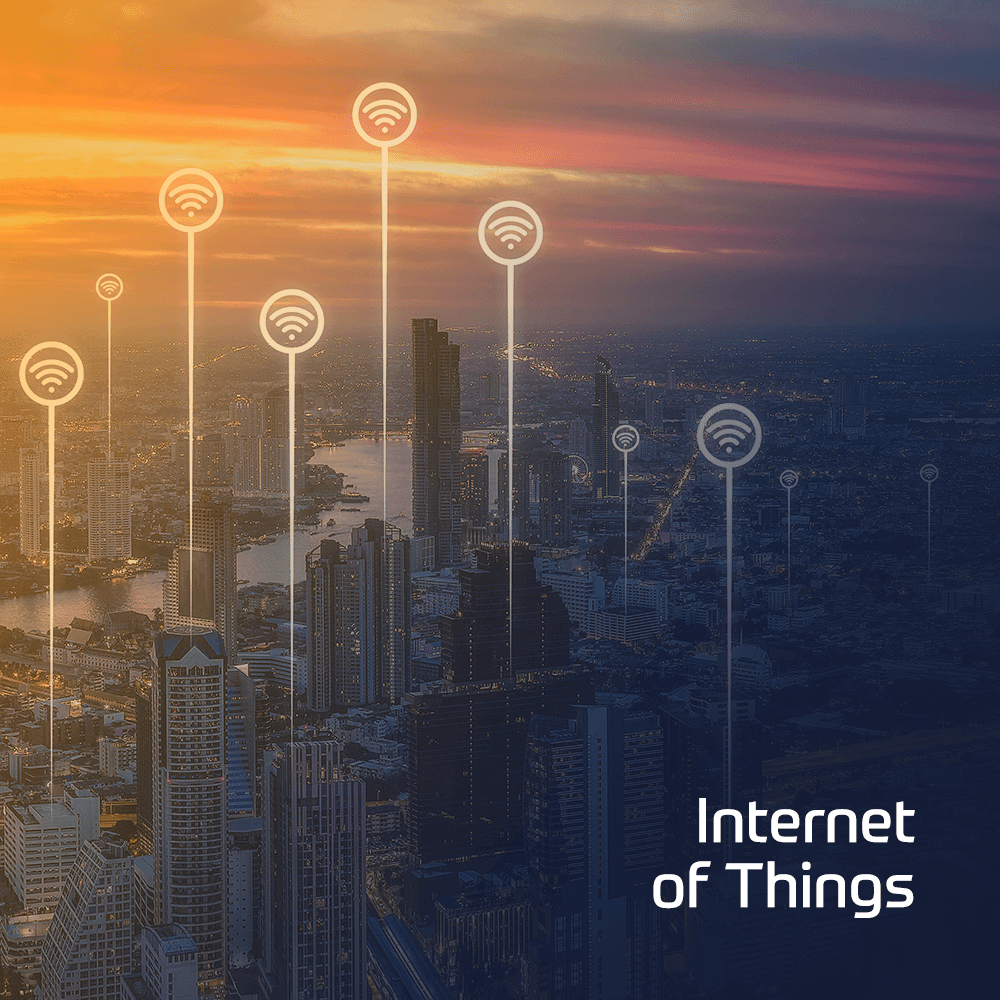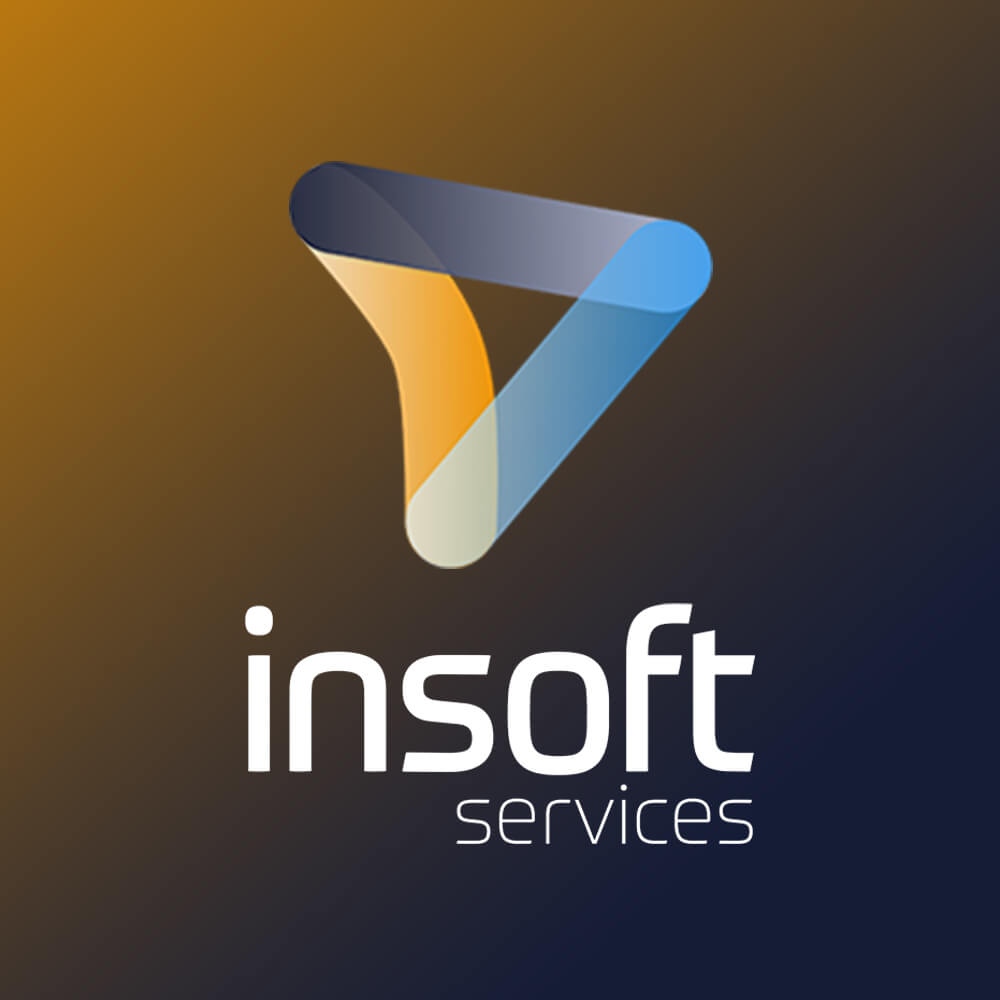This course provides knowledge of the advanced capabilities of the HPE Primera storage arrays, including lower level data reduction features, reporting, monitoring and alerting, QOS, and local and remote replication options. You gain practical understanding of HPE Primera array capabilities using extensive hands-on lab exercises.
Contact Us
We would love to hear from you. Please complete this form to pre-book or request further information about our delivery options.
 Duration
Duration 2 Days
 Delivery
Delivery (Online and onsite)
 Price
PricePrice Upon Request
At the end of this course, the learner should be able to:
- Describe the objectives and purpose of this course
- Discuss the topics addressed in this course
- Describe the benefits of data reduction technologies
- Perform space reclamation
- Describe data reduction technologies: deduplication, compression, and data packing
- Perform a data reduction estimation
- Perform an online virtual volume conversion
- Describe System Reporter capabilities
- Use SSMC and the CLI to run reports
- Use the CLI stat commands to look at realtime statistics
- Use HPE Primera app volume sets (AppVVset) in performance context
- Use the SSMC Workload Insights feature for performance reasons to isolate application spikes and trends
- Understand the SSMC Workload Insights concept of a performance score
- Understand the advantages of the Topology Insights feature to pinpoint performance bottlenecks
- Describe basic HPE Primera UI monitoring
- View, interpret, and manage system events and alerts
- Use the checkhealth command for troubleshooting
- Work with alert notifications for System Reporter
- Monitor and manage the event log
- Forward events to syslog server
- Explain SNMP settings and capabilities
- Describe the SMI-S standard, WBEM initiative, and HPE Primera CIM support
- Explain REST API use
- Describe the advantages of Priority Optimization and Quality of Service (QoS)
- Discuss the performance implications of Priority Optimization
- Administer Priority Optimization
- Monitor the impact of Priority Optimization
- Create a scheduled and immediate snapshot
- Export a snapshot
- Perform a recovery using a snapshot
- Work with a clone
- Describe the key features, benefits, and advantages of Remote Copy
- Explain different types of Remote Copy implementations
- Explain the differences between synchronous and periodic asynchronous replication modes
- Discuss different failure scenarios
- Perform a failover of a Remote Copy group
- Briefly describe data migration, high availability, and disaster tolerance solutions
Module 0: Course Introduction
- Introduction
- Course agenda
Module 1: Thin Features and Data Reduction
- Data reduction introduction and overview
- Zero-detect and thin persistence
- Space reclamation on Windows, Linux, VMware®
- Block alignment
- Thin persistence technology
- Compaction and overprovisioning
- Data reduction technologies
- Deduplication, compression, and data packaging
- Savings estimation
- Online virtual volume conversion (dynamic optimization)
Module 2: Monitoring and Reporting
- System Reporter introduction
- Data retention
- SSMC System Reporter options
- Types of reports
- Default reports in SSMC
- Report controls
- Report templates
- Creating historical and real time reports
- Scheduling/emailing reports
- CLI reporting
- Performance view
- Analytics and workload Insights
- Application volume sets
- Topology Insights
- On-node monitoring overview
Module 3: Events and Alerts
- Alerts and events overview
- Managing alerts—SSMC/CLI
- Managing events—SSMC/CLI
- Alerts and events tiering
- Alert spare part notification
- Syslog support
- The checkhealth command overview and use
- Troubleshooting
- System Reporter performance alerts management
- SNMP overview
- SNMP use—MIBs, alert traps
- SNMP management
- CIM API overview
- HPE Primera CIM API
- About SMI-S
- CIM standard
- CIM management
- REST API overview
- REST API usage
Module 4: Priority Optimization/QoS
- Introduction and features
- How does it work
- Examples
- Configurable parameters and their meaning
- Configuring and managing via SSMC
- Configuring and managing via CLI
- Monitoring via SSMC and CLI
- Summary and best practices
Module 5: Snapshots and Clones
- Snapshot introduction
- Snapshot use cases
- How snapshots work
- Working with a snapshot using SSMC
- Working with a snapshot using CLI
- Clone introduction and how it works
- Working with a clone using SSMC
- Working with a clone using CLI
Module 6: Remote Replication
- Remote Copy introduction
- Supported protocols
- Architecture, features and terminology
- Replication modes
- Supported maximums
- Failure scenarios and failover
- Remote Copy operations
- Data migration options overview
- Peer persistence overview
- HPE Cluster Extension overview
- VMware vSphere® Site Recovery Manager overview
Appendix 1: What’s New in HPE Primera
- Remote Copy
- HPE Primera Remote Copy feature set updates with 4.2
- Peer motion and online import
- Online import utility (OIU 2.4 ) .
- VMware vVOLs support with HPE Primera
- SSMC 3.7 enhancements
- InfoSight update
Lab outline
Lab 0: vLabs Access and Initial Set up
- Task 1: Accessing HPE vLabs
- Task 2: Initial setup
- Exercise 1: Log in to the HPE StoreServ management console
- Exercise 2: Configuring hosts
- Exercise 2a: Adding a host manually using the HBA WWPNs with SSMC
- Exercise 2b: Adding a host using Host Explorer with SSMC
- Exercise 3: Install Iometer
- Exercise 4: Enabling advanced system performance analytics
Lab 1: Online Virtual Volume Conversion and Data Reduction Estimates
- Exercise 1: Lab set up
- Exercise 2: Data reduction savings estimate using CLI
- Estimation analysis results
- Exercise 3: Online conversion using SSMC
Lab 2: Monitoring and Reporting
- Exercise 1: Initial lab set up
- Exercise 2: SSMC default reports
- Exercise 3: Custom reports using SSMC
- Physical drives – performance statistic report
- CPGs – capacity report
- System capacity report
- Exercise 4: Realtime information reports
- Exercise 5: Monitoring app virtual volume sets using dashboard
- Exercise 6: Using CLI to view real-time performance
Lab 3: Events and Alerts
- Exercise 1: Viewing alerts (SSMC GUI)
- Exercise 2: Viewing alerts (CLI)
- Exercise 3: Viewing tasks (SSMC GUI)
- Exercise 4: Viewing events (CLI)
- Exercise 5: Syslog
- Exercise 6: System Reporter alerts (SSMC GUI)
- Exercise 7: SNMP traps
- Exercise 8: Using REST API
- Part 1—HPE Primera REST preparation and login
- Part 2—Using the Postman client to create a resource
- Part 3—Using the Postman client to delete a resource
- Part 4—Using cURL to manage resources
- Exercise clean-up
Lab 4: Priority Optimization (QoS)
- Exercise 1: Initial lab set up
- Exercise 2: Configuring Priority Optimization using SSMC
- Exercise 3: Monitoring and managing Priority Optimization using SSMC
- Exercise 4: Monitoring and managing Priority Optimization using CLI
- QoS analysis results
- Additional commands to manage QoS rules
Lab 5: Snapshots and Clones
- Exercise 1: Initial lab set up
- Exercise 2: Snapshot file recovery
- Exercise 3: Snapshot full volume data recovery
- Exercise 4: Restore data between two snapshots
- Exercise 5: Schedule snapshots and snapshot expiration policies
- Create a snapshot policy
- Create scheduled snapshots using a snapshot policy
- Exploring scheduled snapshots over time
- Exercise 6: Create a clone
- Exercise 7: Create a clone with resynchronization capability
- Exercise 8: Working with snapshots and clones using CLI
Lab 6: Remote Replication
- Planning and initial set up of Remote Copy
- Exercise 1: Lab set up
- Exercise 2: Verify RCIP ports and configuration set up using SSMC
- Verifying the RCIP port configuration
- Remote Copy configuration
- Exercise 3: Creating and managing Remote Copy groups
- Exercise 4: Add a volume pair to an existing Remote Copy group
- Outage Scenarios: Failover to the remote site and failback
- Exercise 5: Planned failover to the remote site
- Exercise 6: Recovery of a Remote Copy group after the source system is back online
- Exercise 7: Restore a Remote Copy group
- Failover to the remote site for testing or off-site backup
- Exercise 8: Stop and failover a Remote Copy group
- Exercise 9: Revert a Remote Copy group and failover again
- Revert
- Failover again
- Exercise 10: Revert the Remote Copy group and replicate in the original direction
- Exercise 11: Delete a Remote Copy group
- Exercise 12: Lab clean up
- Exercise 13: Configuring Remote Copy using CLI
Lab A (Optional): Working with VMware®
- Exercise 1: Switch between client VMs
- Exercise 2: Adding the ESXi host and exporting a volume in SSMC
- Exercise 3: Working with storage using VMware vCenter®
Lab B (Optional) Working with Linux
- Exercise 1: Switch between client VMs
- Exercise 2: Adding the RHEL Linux host and export a volume using SSMC
- Exercise 3: Discovering devices and working with multipathing on the Linux host
- Exercise 4: Create a partition, add the filesystem, and mount the volume
Storage administrators who desire additional training on the advanced features of HPE Primera
One of the following courses:
- HM9Q5S: HPE Primera I: Management and Connectivity
- HN5B2S: Introduction to HPE Primera storage (with extended eLearning)
- HN5A9S: Introduction to HPE Primera storage
At the end of this course, the learner should be able to:
- Describe the objectives and purpose of this course
- Discuss the topics addressed in this course
- Describe the benefits of data reduction technologies
- Perform space reclamation
- Describe data reduction technologies: deduplication, compression, and data packing
- Perform a data reduction estimation
- Perform an online virtual volume conversion
- Describe System Reporter capabilities
- Use SSMC and the CLI to run reports
- Use the CLI stat commands to look at realtime statistics
- Use HPE Primera app volume sets (AppVVset) in performance context
- Use the SSMC Workload Insights feature for performance reasons to isolate application spikes and trends
- Understand the SSMC Workload Insights concept of a performance score
- Understand the advantages of the Topology Insights feature to pinpoint performance bottlenecks
- Describe basic HPE Primera UI monitoring
- View, interpret, and manage system events and alerts
- Use the checkhealth command for troubleshooting
- Work with alert notifications for System Reporter
- Monitor and manage the event log
- Forward events to syslog server
- Explain SNMP settings and capabilities
- Describe the SMI-S standard, WBEM initiative, and HPE Primera CIM support
- Explain REST API use
- Describe the advantages of Priority Optimization and Quality of Service (QoS)
- Discuss the performance implications of Priority Optimization
- Administer Priority Optimization
- Monitor the impact of Priority Optimization
- Create a scheduled and immediate snapshot
- Export a snapshot
- Perform a recovery using a snapshot
- Work with a clone
- Describe the key features, benefits, and advantages of Remote Copy
- Explain different types of Remote Copy implementations
- Explain the differences between synchronous and periodic asynchronous replication modes
- Discuss different failure scenarios
- Perform a failover of a Remote Copy group
- Briefly describe data migration, high availability, and disaster tolerance solutions
Module 0: Course Introduction
- Introduction
- Course agenda
Module 1: Thin Features and Data Reduction
- Data reduction introduction and overview
- Zero-detect and thin persistence
- Space reclamation on Windows, Linux, VMware®
- Block alignment
- Thin persistence technology
- Compaction and overprovisioning
- Data reduction technologies
- Deduplication, compression, and data packaging
- Savings estimation
- Online virtual volume conversion (dynamic optimization)
Module 2: Monitoring and Reporting
- System Reporter introduction
- Data retention
- SSMC System Reporter options
- Types of reports
- Default reports in SSMC
- Report controls
- Report templates
- Creating historical and real time reports
- Scheduling/emailing reports
- CLI reporting
- Performance view
- Analytics and workload Insights
- Application volume sets
- Topology Insights
- On-node monitoring overview
Module 3: Events and Alerts
- Alerts and events overview
- Managing alerts—SSMC/CLI
- Managing events—SSMC/CLI
- Alerts and events tiering
- Alert spare part notification
- Syslog support
- The checkhealth command overview and use
- Troubleshooting
- System Reporter performance alerts management
- SNMP overview
- SNMP use—MIBs, alert traps
- SNMP management
- CIM API overview
- HPE Primera CIM API
- About SMI-S
- CIM standard
- CIM management
- REST API overview
- REST API usage
Module 4: Priority Optimization/QoS
- Introduction and features
- How does it work
- Examples
- Configurable parameters and their meaning
- Configuring and managing via SSMC
- Configuring and managing via CLI
- Monitoring via SSMC and CLI
- Summary and best practices
Module 5: Snapshots and Clones
- Snapshot introduction
- Snapshot use cases
- How snapshots work
- Working with a snapshot using SSMC
- Working with a snapshot using CLI
- Clone introduction and how it works
- Working with a clone using SSMC
- Working with a clone using CLI
Module 6: Remote Replication
- Remote Copy introduction
- Supported protocols
- Architecture, features and terminology
- Replication modes
- Supported maximums
- Failure scenarios and failover
- Remote Copy operations
- Data migration options overview
- Peer persistence overview
- HPE Cluster Extension overview
- VMware vSphere® Site Recovery Manager overview
Appendix 1: What’s New in HPE Primera
- Remote Copy
- HPE Primera Remote Copy feature set updates with 4.2
- Peer motion and online import
- Online import utility (OIU 2.4 ) .
- VMware vVOLs support with HPE Primera
- SSMC 3.7 enhancements
- InfoSight update
Lab outline
Lab 0: vLabs Access and Initial Set up
- Task 1: Accessing HPE vLabs
- Task 2: Initial setup
- Exercise 1: Log in to the HPE StoreServ management console
- Exercise 2: Configuring hosts
- Exercise 2a: Adding a host manually using the HBA WWPNs with SSMC
- Exercise 2b: Adding a host using Host Explorer with SSMC
- Exercise 3: Install Iometer
- Exercise 4: Enabling advanced system performance analytics
Lab 1: Online Virtual Volume Conversion and Data Reduction Estimates
- Exercise 1: Lab set up
- Exercise 2: Data reduction savings estimate using CLI
- Estimation analysis results
- Exercise 3: Online conversion using SSMC
Lab 2: Monitoring and Reporting
- Exercise 1: Initial lab set up
- Exercise 2: SSMC default reports
- Exercise 3: Custom reports using SSMC
- Physical drives – performance statistic report
- CPGs – capacity report
- System capacity report
- Exercise 4: Realtime information reports
- Exercise 5: Monitoring app virtual volume sets using dashboard
- Exercise 6: Using CLI to view real-time performance
Lab 3: Events and Alerts
- Exercise 1: Viewing alerts (SSMC GUI)
- Exercise 2: Viewing alerts (CLI)
- Exercise 3: Viewing tasks (SSMC GUI)
- Exercise 4: Viewing events (CLI)
- Exercise 5: Syslog
- Exercise 6: System Reporter alerts (SSMC GUI)
- Exercise 7: SNMP traps
- Exercise 8: Using REST API
- Part 1—HPE Primera REST preparation and login
- Part 2—Using the Postman client to create a resource
- Part 3—Using the Postman client to delete a resource
- Part 4—Using cURL to manage resources
- Exercise clean-up
Lab 4: Priority Optimization (QoS)
- Exercise 1: Initial lab set up
- Exercise 2: Configuring Priority Optimization using SSMC
- Exercise 3: Monitoring and managing Priority Optimization using SSMC
- Exercise 4: Monitoring and managing Priority Optimization using CLI
- QoS analysis results
- Additional commands to manage QoS rules
Lab 5: Snapshots and Clones
- Exercise 1: Initial lab set up
- Exercise 2: Snapshot file recovery
- Exercise 3: Snapshot full volume data recovery
- Exercise 4: Restore data between two snapshots
- Exercise 5: Schedule snapshots and snapshot expiration policies
- Create a snapshot policy
- Create scheduled snapshots using a snapshot policy
- Exploring scheduled snapshots over time
- Exercise 6: Create a clone
- Exercise 7: Create a clone with resynchronization capability
- Exercise 8: Working with snapshots and clones using CLI
Lab 6: Remote Replication
- Planning and initial set up of Remote Copy
- Exercise 1: Lab set up
- Exercise 2: Verify RCIP ports and configuration set up using SSMC
- Verifying the RCIP port configuration
- Remote Copy configuration
- Exercise 3: Creating and managing Remote Copy groups
- Exercise 4: Add a volume pair to an existing Remote Copy group
- Outage Scenarios: Failover to the remote site and failback
- Exercise 5: Planned failover to the remote site
- Exercise 6: Recovery of a Remote Copy group after the source system is back online
- Exercise 7: Restore a Remote Copy group
- Failover to the remote site for testing or off-site backup
- Exercise 8: Stop and failover a Remote Copy group
- Exercise 9: Revert a Remote Copy group and failover again
- Revert
- Failover again
- Exercise 10: Revert the Remote Copy group and replicate in the original direction
- Exercise 11: Delete a Remote Copy group
- Exercise 12: Lab clean up
- Exercise 13: Configuring Remote Copy using CLI
Lab A (Optional): Working with VMware®
- Exercise 1: Switch between client VMs
- Exercise 2: Adding the ESXi host and exporting a volume in SSMC
- Exercise 3: Working with storage using VMware vCenter®
Lab B (Optional) Working with Linux
- Exercise 1: Switch between client VMs
- Exercise 2: Adding the RHEL Linux host and export a volume using SSMC
- Exercise 3: Discovering devices and working with multipathing on the Linux host
- Exercise 4: Create a partition, add the filesystem, and mount the volume
Storage administrators who desire additional training on the advanced features of HPE Primera
One of the following courses:
- HM9Q5S: HPE Primera I: Management and Connectivity
- HN5B2S: Introduction to HPE Primera storage (with extended eLearning)
- HN5A9S: Introduction to HPE Primera storage
- ` Date on Request

 Finland
Finland Germany
Germany Denmark
Denmark Sweden
Sweden Italy
Italy Netherlands
Netherlands Norway
Norway 



